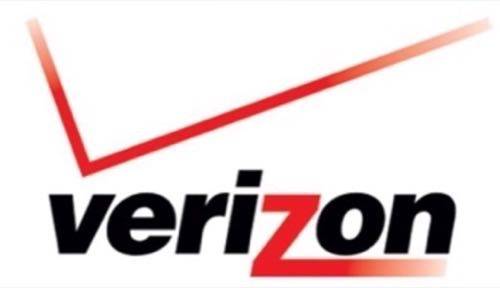Companies such as AT&T, Verizon, Sprint and T-Mobile are favorite punching bags of users and advocates and the carriers are constantly looking for an edge that will prop up their consumer mindshare. The primary avenue of differentiation for each carrier is the plans they offer. As consumers adopt multiple devices, is the era of the shared data plan right around the corner?


The Evolution of the Plan
When carriers first created wireless plans, the primary driver for revenue was the voice minute. If we want to go further back, we can get into the “long distance” wars of the 1980s and early 1990s, but let’s keep this in the mobile era. The carriers battled on the most minutes at the best rates from the late 1990s until modern day, with “friends and family” and “unlimited mobile-to-mobile minutes” the marketing messages bombarding consumers.
The advent of text messaging disrupted voice as the primary revenue driver for carriers, and data plans adjusted accordingly. Around the mid-2000s, voice plans became augmented as voice and text as a combination plan. The baseline was 450 minutes with between 500 and 1500 text messages per line. Plans rose accordingly from there. As competition heated up, the “unlimited” plan came into being, to the point where most consumers do not have to worry about how many texts they send or minutes they talk.
Part of the “unlimited” plan included shared voice plans and rollover minutes. For instance, a family with four telephone lines on an account can pool their minutes, and what is not used rolls over to the next month. At last look, my family plan had more than 5,000 rollover minutes despite the fact that I consistently go over my allotted 450 minutes per month.
Then, in 2007, Apple released the iPhone. All of a sudden there was a new wrinkle in carriers’ plans: data. Just as text messages disrupted voice, data disrupted text. The airwaves now hammer people with how many GB they can get, what is the fastest network and whether your plan will be “throttled.” Carriers, except for Sprint, moved away from unlimited data for several reasons. Foremost, the carriers would like consumers to believe that their networks are extremely congested, with so many people using their smartphones and tablets to browse the Web. That, for the most part, is true. The carriers also know that data plans are what drive consumer growth and are the primary feature of a cellular plan. Verizon’s wireless data revenue for the first quarter of 2012 was up 21.1% over Q1 2011, at $6.6 billion. For AT&T, mobile data is a $24 billion annual revenue stream, growing at 20% annually, according to AT&T Mobility CEO Ralph de la Vega.
Verizon Shared Data Plans
Last fall, we wrote about, “The Future of Mobile Data Plans.” In that article, we discussed how data plans need to evolve and the headache for a modern family with multiple connected devices. Carriers need to worry about average revenue per user, so it seemed unlikely at the time that the notion of the shared data plan would ever become reality.

Carriers are coming to face the reality that ARPU is going to go down with the advent of data. People are using data plans as opposed to voice and text to make calls and message people. Crossed with the fact that carriers’ costs are increasing as they have to build the infrastructure to support all that data, and a new avenue for revenue needs to be explored.
Hence, the shared data plan. In its earnings call last week, Verizon CFO Fran Shammo said that shared data plans could come to Big Red by the summer. Shammo did not provide details but it is likely that instead of every member of a family having separate data limits, the whole family plan would have one lump of data that could be split among multiple devices.
This could also help individuals. There are many people that own both a tablet and a smartphone on separate data plans. For instance, I own an Android on the AT&T network and an iPad on Verizon’s. Part of this is because Verizon has a better bottom-tier data plan for tablets ($20 for 1GB) than AT&T ($15 for 250 MB, $30 for 3GB). The AT&T plan is technically an “unlimited plan” but it gets throttled at 3GB, so it is basically a $30 3GB plan. It would be much simpler to move both those plans to one carrier, split 4GB between devices and pay one bill.
Why is Verizon moving to shared plans? For one, it is the most jarring way to affect the mobile data plan market at this point. AT&T Mobility CEO Ralph de la Vega said in June 2011 that the carrier would consider shared data plans, but little has been heard about it since. An AT&T spokesperson told ReadWriteWeb that the carrier has “nothing to share beyond what’s already been said.” T-Mobile and Sprint are not doing shared data plans.
For a carrier, moving families to shared plans is a logistical headache. There is significant internal administration that needs to happen from a paperwork standpoint, let alone the technical and policy challenges of monitoring shared plans and deciding how overages are handled.
For Verizon, it makes sense. With ARPU going down, the best way to increase revenue is to get more devices on the network. It is a volume play for the carrier with the added benefit of being good for individual consumers and families. One bill, one block of data, multiple users, many devices. In the long run, it makes things simpler for everybody.
Images courtesy of Shutterstock.









